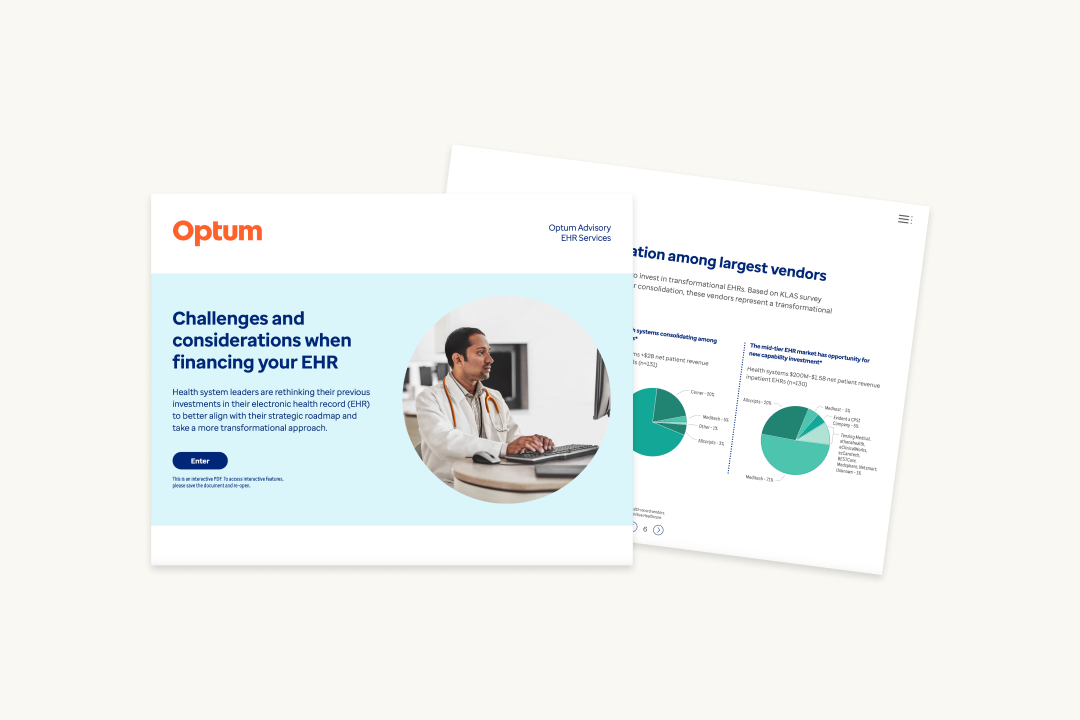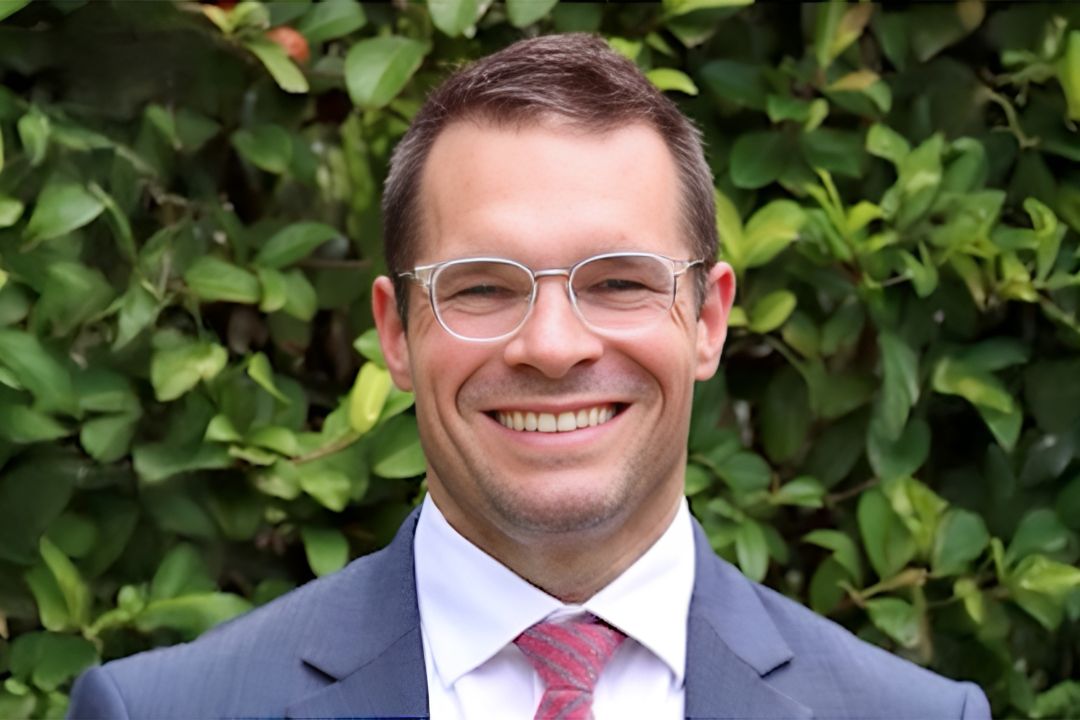Related healthcare insights

On-demand webinar
Stars performance is in your control. Learn how you can take action now.


E-book
Key themes and insights that can guide your organization toward a successful electronic health record (EHR) transformation.

